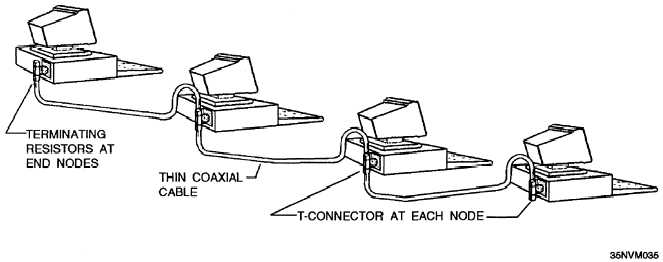Figure 7-22.—Manchester code used in Ethernet
Both Ethernet (DIX) and IEEE 802.3 can be used
on the same data communications network, but they
cannot talk to each other. Data in an 802.3 network is
encoded using a Manchester code as shown in figure
7-22. The differences between an 802.3 packet and an
Ethernet packet can be seen in figure 7-21. When
viewing figure 7-21, pay close attention to the items
directly below the vertical arrow in order to determine
an Ethernet (type field <46) or an 802.3 (length field
46).
Continuous transitions of the Manchester code
allow the channel to be monitored easily for activity.
This is part of the Collision Detection/Collision
Avoidance characteristics of Ethernet (DIX) and IEEE
802.3. This ability to detect activity allows stations to
release the channel after using it for a short period of
time, thereby increasing data transmission through-put.
Ethernet (DIX) and IEEE 802.3 may use a shielded
coaxial cable (RG-58 A/U) to transfer serial data using
baseband transmission at 10 megabits per second.
Baseband information implies data transmitted without
the use of a carrier and with only one channel defined
in the system. When a station is transmitting, it uses the
entire 10 megabits per second. The data is transferred
PC to PC using a daisy chain configuration (fig. 7-23).
Thin Ethernet is used in smaller systems using an
overall coaxial cable length of 600 to 1000 feet. Thin
Ethernet 802.3 uses T-connectors (UG-274) to connect
the PCs. Thick-net (RG-11, BIG YELLOW CABLE)
is used in larger systems with overall shielded coaxial
cable lengths of 500 meters. Thick-net networks
employ a file server and a transceiver (fig. 7-24)
connected together using 15-pin “D” shell connectors.
Terminating resistors are used at the end of each
T-connector to ensure proper operation. Ethernet
(DIX) and IEEE 802.3 networks are also commonly
implemented using shielded and unshielded twisted
pair cable. Coaxial cable implementations are known
as 10Base5 (RG-58) and 10Base2 (RG-11 Thick-net).
Shielded and unshielded twisted pair cable networks are
known as 10BaseT.
Figure 7-23.—Daisy chain in an Ethernet.
7-26

